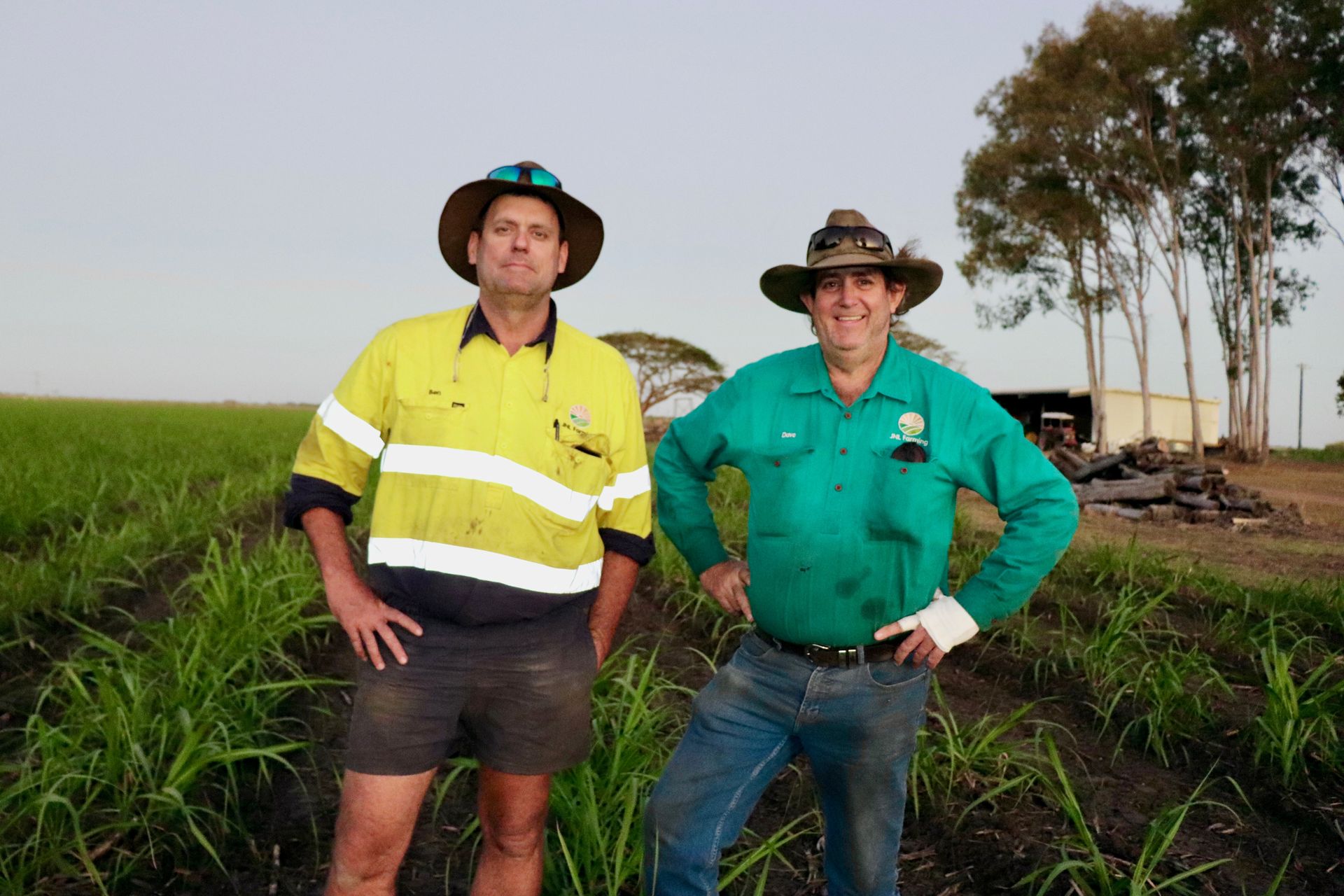1MG FlippingBooks
Growth in global organic markets creates new opportunities for Australian exporters
The Australian Organic Market Report 2019 , recently released by Australian Organic , reveals that strong growth in overseas organic markets is creating significant opportunities for the Australian organic industry.
The report’s findings on overseas markets is mostly based on research and analysis carried out by Euromonitor International , which focuses on retail sales of organic packaged food, beverages and fresh foods.
The global market for all organic products has grown by 8 per cent since 2016 and is currently estimated at US$97 billion. There are now 2.9 million organic producers worldwide, representing an increase of 100,000 since 2016.
Euromonitor International has identified a number of reasons for this growth, including customers showing greater preference for mindful and clean eating and an increased willingness to pay premiums to support ethical responsibilities and human rights.
However, while North America and Europe comprise 90 per cent of global organic revenues, they only make up one quarter of total organic land area. In contrast, Australia holds three million hectares of agricultural land under certified organic management. This is around 10 times more than Argentina, the next highest country, making Australia the world’s leader in this area and signalling strong commercial opportunities for Australian exporters.
Australian organic producers are most likely to find openings for organic ingredients and raw materials within North American organic markets, as there is high competition in this region’s finished organic product market.
Conversely, there are more opportunities for Australian companies to export finished organic products to Asia, where organic primary crops are frequently grown but there is a lack of organic food processors.
To take advantage of these opportunities, Euromonitor recommends that manufacturers:
·adapt or segment products to respond to consumer demand;
·focus on developing organic ranges for products perceived as unhealthy; and
·develop natural and organic ranges.
You can find more information or read the full report here.

















